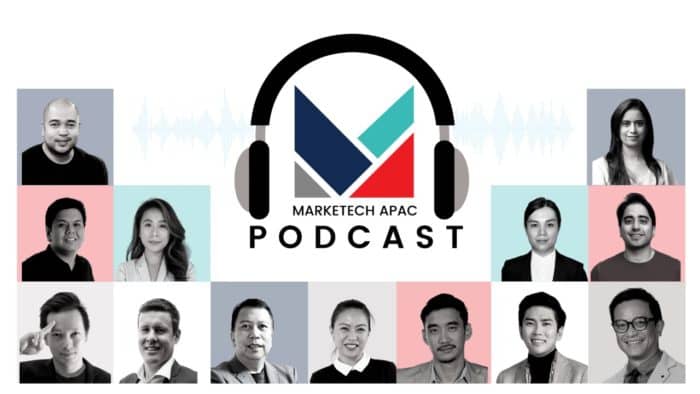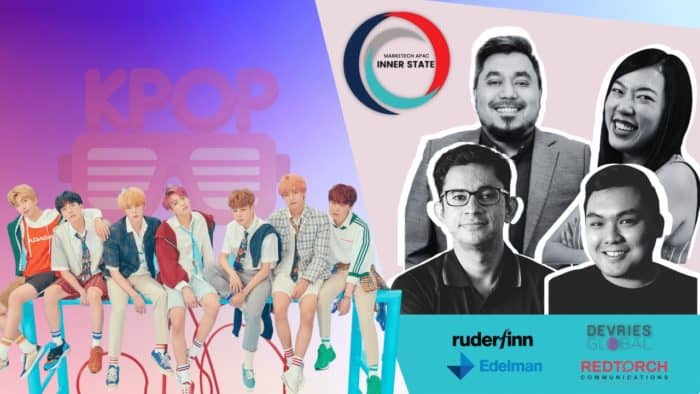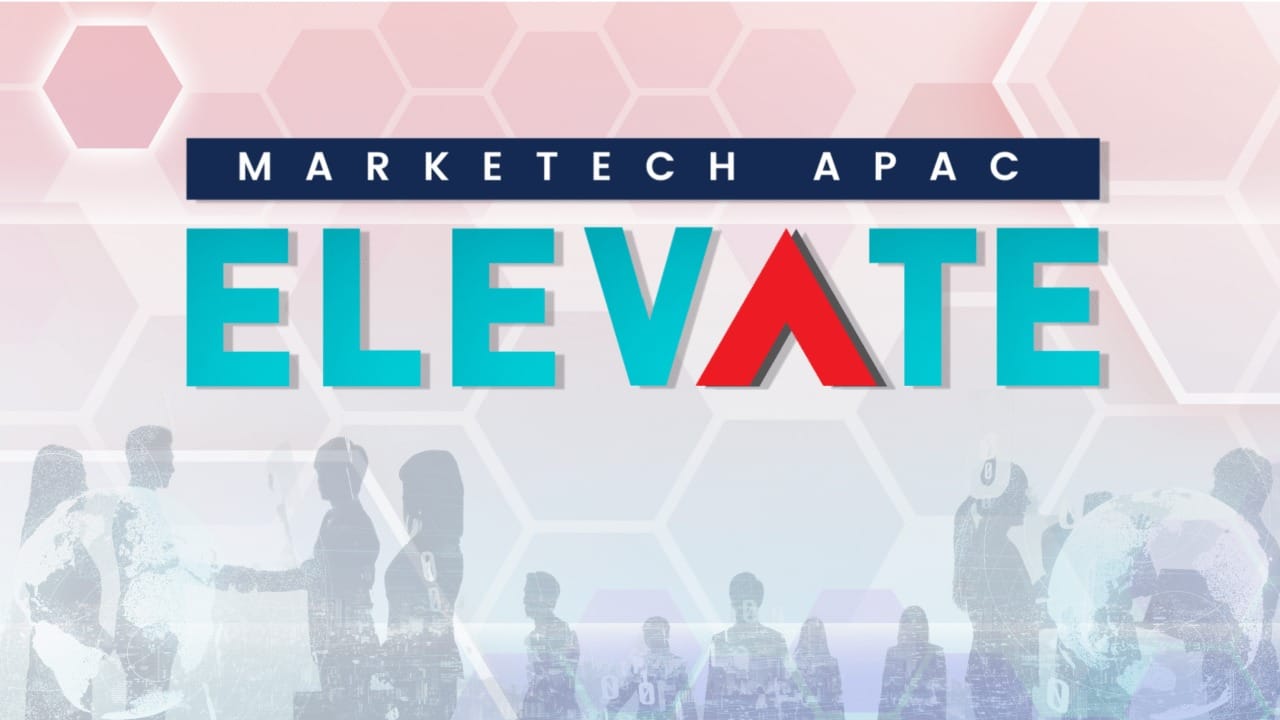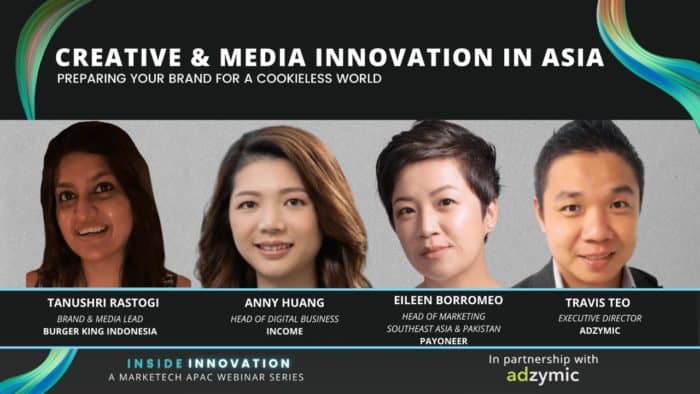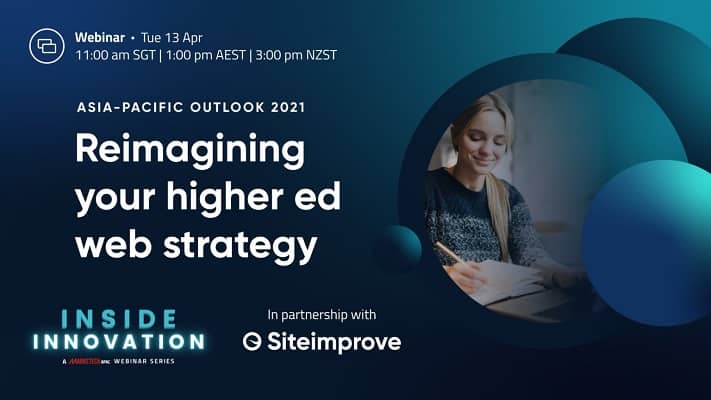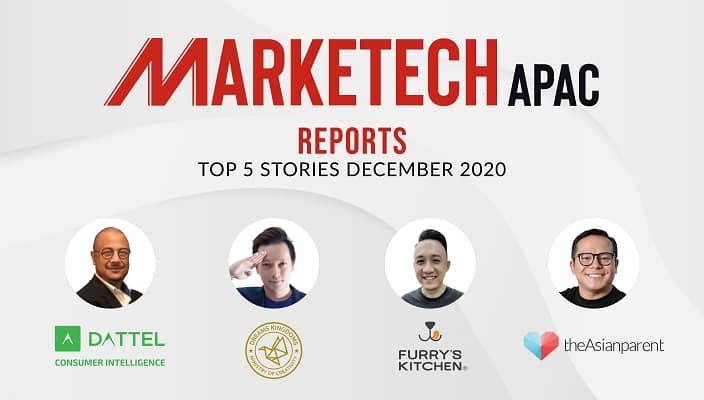What a great way to start the ‘Ber’ months this year with a list of high-flying stories which gave the industry a peek of the latest developments in the startup, e-commerce, and digital payments scene.
This September, an Indian-born PR agency leading the way for communications in the startup sector has expanded its presence to Singapore. A Buy Now Pay Later platform is also ramping up its market in Southeast Asia with the announcement of its country manager for Thailand.
Meanwhile, e-commerce makes another round getting into readers’ radar with a data-driven marketing firm in Asia unveiling its new leader for its e-commerce offering.
Stories from the Philippines are also in this month’s top spots with one career coaching firm in the country sharing its business story, and also, a report that saw the convergence of consumer products and social media snared readership for the period.
Take a look.
Top 5: PR agency Value 360 Communications expands presence with new Singapore office
Value 360 Communications, the startup-focused PR agency in India, has announced that it will be expanding its market to Singapore to unlock growth opportunities in the country’s burgeoning start-up space.
Speaking to MARKETECH APAC, Kunal Sinha, the founder and director of Value 360 Communications, shared that the company has been part of the journey of 15 unicorns in the market of India, where they have built communications from the ground up. Learning from the process, the agency eventually grounded its name and reputation in the sector.
Working with a complex market such as India, Sinha believes, gives the agency a strong value proposition to bring to the start-up space.
“We are going to focus on providing start-up PR in the SEA region, and Singapore will be the core for us in extending our services to start-ups. We are also in a discussion with other global brands who have both India and Singapore presence, and we are looking to hire talents with specific experiences in start-ups,” said Sinha.
We have an internal training module where we will be able to help them learn and understand about the start-up space.
Sinha on hiring new talents
Top 4: MARKETECH Spotlight: PH’s Metamorphosis Group on disrupting career coaching in the country
Entering this month’s top stories is one of the latest episodes of MARKETECH Spotlight featuring career coaching firm in the Philippines, Metamorphosis Group (MG).
In an exclusive conversation with the firm’s Founder, President, and CEO, Danica Octa, she shared MG’s start-up journey which began in the pandemic year in 2020. Gaining more expertise and leadership into the current job and recruitment industry in the country, the coaching firm has now firmed up its mission of becoming an end-to-end employability solution for those seeking guidance on their career development.
Speaking MARKETECH APAC, Octa shared how the firm sees its role in the Filipino workforce.
Our role [in the workforce] is to be some kind of a learning partner [and] an accountability buddy.
Octa believes that above all, it’s able to help shape people’s career journey through its future-oriented thinking.
“We are very forward-thinking, we understand the future of work, we as a company is very, very in touch with what’s going to happen 10 years later,” she said.
Octa adds, “We have the intuition, we can give our market the information they need to succeed moving forward, of course, so that they can upskill and reskill to the appropriate job that they need to have, moving forward. So I think that’s the role that we take here.”
Top 3: Filipinos take to Twitter conversations around favorite consumer products
Twitter Philippines has recently released a report on the products Filipinos love to talk about on the platform. The data shows that there are five key trends in how Filipinos converse around food, beverages, and personal, as well as home care.
Chandan Deep, Twitter’s head of emerging business for SEA, shared that people on the app and the conversations that they create are what makes Twitter unique, and that 71% have rated it as a great platform for brand interaction, making it the number one among its peers.
MARKETECH APAC conversed with Deep, and she noted that when you looked at the top mentioned brands, which were listed on their CPG dispatch, you will see some good samples on how brands can engage with their customers on Twitter, to be able to drive more meaningful conversations.
Twitter has a diverse community so they can connect with people who like entertainment, gaming, or health, making the first move as a brand by initiating conversation and making your audience enjoy it.
Top 2: ADA names former Lazada CBO Sherry Tan as regional head of e-commerce
ADA, the data- and AI-driven marketing firm in Asia, has appointed former Chief Business Officer of Lazada Malaysia, Sherry Tan to be its regional head of e-commerce.
ADA has just unveiled its end-to-end e-commerce solution for brands in APAC, and for the new role, Tan will be leading a team of leaders who will support the growing demand for e-commerce in the region.
In the interview with MARKETECH APAC, Tan shared the challenges that brands in e-commerce are faced with in this pandemic.,
“In the last 18 months right, the pandemic catapulted e-commerce retail significantly, and there are more users in the digital space whether it is the buyers or the sellers. Now, it has become harder for brands to attract customers because there are wider options available,” said Tan.
According to Tan, besides having more choices, customers are gaining smarter as well and therefore, have higher expectations toward their shopper journey.
Brands need to stay on top of their game to predict industry trends…and then they need to enhance engagement and attraction to their brand to build loyalty and retention.
On ADA’s e-commerce solution, Tan said, “Leveraging on our data and digital shelf, we are able to craft [an] e-commerce and digital strategy based on sentiment analysis, customer insights as well as [competitive] landscape. This data allows us to understand what consumers are interested in, where they have visited over a period of time, and ADA is able to target these audiences for the brand.”
Top 1: BNPL platform for Asia, Atome, names country manager for Thailand
For our top story for the month, we have Buy Now Pay later platform in Asia Atome’s appointment of its country manager for Thailand, Poompong Tancharoenphol Tancharoenphol was formerly Zilingo’s country head for the country.
Speaking to MARKETECH APAC, Tancharoenphol said, “I think I have been fortunate to look at e-commerce both from AddVentures and Zilingo before. There [are] a few key factors in making an e-commerce company successful, namely the business model itself, whether it is B2C e-commerce, B2B e-commerce, and marketplaces, and there is [a] supply chain, marketing, and payment.”
He adds that with BNPL being quite new to the Thai market, it could mean either two things: it may be potentially good or something which the market may not adapt to.
I think the direct value we offer to the retailers and e-commerce players is the increase in the market size. We were able to increase the market size to 30% more than any other payment method, and this comes along with increasing sales and conversion [afterward]
Rankings are based on Google Analytics from the period of 16th August to 15th September.
Watch our exclusive interviews with the brands themselves on the latest episode of MARKETECH APAC Reports, now live on our YouTube channel.
This is in collaboration with Malaysia-based media company The Full Frontal.







